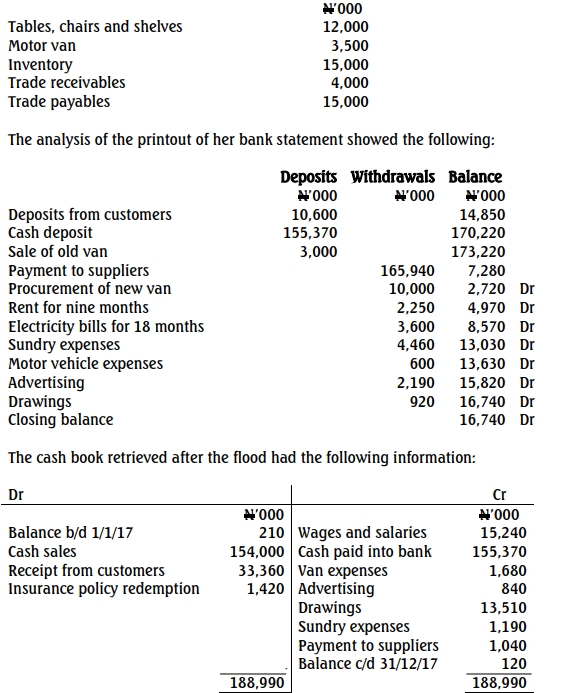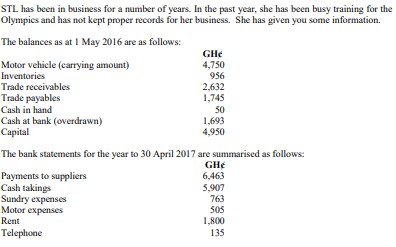- 1 Marks
AAA – Nov 2013 – L3 – AII – Q7 – Audit of Specialized Industries
Addresses the accounting practices of farmers and incomplete record-keeping.
Find Related Questions by Tags, levels, etc.
- Tags: Audit Procedures, Farmers, Incomplete Records, Small Business, Specialized Industries
- Level: Level 3
- Topic: Audit of Specialized Industries
- Series: NOV 2013
Report an error



